There could be many more people with the aptitude and experience than exceedingly narrow job definitions make possible. JL
PwC reports:
Data science jobs in industries like information technology can take twice as long to fill than the national benchmark average for B.A.+ jobs of 45 days.1 Data science and analytics jobs are often multidisciplinary and require an ability to link analytics to creating value for the organization. Candidates must also demonstrate skills related to problem-solving such as communication, creativity, and teamwork. 67% of the job openings are analytics-enabled and require functional or domain expertise outside of data science
1. You’ll have strong competition in winning the best hires
Data science and analytics skills most wanted in these states
Job postings by state 2015Data science jobs in innovative industries like information technology can take twice as long to fill than the national benchmark average for B.A.+ jobs of 45 days.1 Requirements data science and analytics jobs are often multidisciplinary and they all require an ability to link analytics to creating value for the organization. The analytics and technology skills vary widely, but candidates must also demonstrate skills related to problem-solving in the workplace, including soft skills such as communication, creativity, and teamwork. This holistic skill set is rare, so you should expect to compete fiercely for T-shaped individuals, as they are now often called (those with a principle competency, plus well-honed broad skills to help them cross functions or domains).
1 Source: Burning Glass Technologies. Burning Glass mined 26.9 million US job postings from 2015 to identify 2.3 million jobs that represent the data science and analytics landscape.
2. You'll look mostly for business people with analytics skills, not just analystsIn essence, there are two different markets for data science and analytics jobs. Across the ecosystem, we see two broad families: analytics-enabled jobs and data science jobs.
Common analytics-enabled jobs are Chief Executive Officer, Chief Data Officer, Director of IT, Human Resources Manager, Financial Manager, and Marketing Manager. The immediate payoff for raising the analytics IQ in these roles is greater productivity and operational efficiency. These are the people with the know-how to identify customer wants using social analytics, or unusual network activity from real-time dashboards, or how to forecast inventory using predictive analytics. It's not surprising that 67% of the job openings are analytics-enabled and require functional or domain expertise outside of data science at the core. What analytics-enabled jobs require is hands-on experience with reporting and visualization software to aid in the collection and examination of data.
Competencies and skills needed for data science jobs are different. They're often the aptitudes that entrepreneurs and innovators most desire. Candidates for these roles have strong credentials (either experience or education) in programming and applied data science. Keeping data scientists and engineers engaged in meaningful work requires an interesting and deep data pool, and a well-organized platform that integrates and makes data available across the company. Competition for these candidates is fierce now, and it is not likely to ease, as more and more companies become digital, and change their operating models and talent needs.2
Each of these markets requires its own strategy: Sourcing from small pools of experienced data scientists and analysts for one, and employee development for the other.
2 For more on the 10 attributes of digital transformation, see PwC's Digital IQ Survey.Which data skill sets are needed most in an array of industries
What do people do and earn in the data science and analytics field?
3. You'll be more successful at finding the right people if you give the right signals for what you needUse this grid to help you think about the skills you needCEOs tell us they're looking for employees who can problem-solve in technology-rich environments and link their work to business value. Yet it's a widely known issue that too few job postings ask for the competencies and skills leaders want. Since there's no common language for using analytics, and different problems require different skills, attracting candidates needs a different approach.
A good team-building plan typically includes:
Together, these three things act as a guide for recruiters to write clearer job descriptions, management to give clearer development feedback, and leaders to plan the next round of training and hiring as the business grows.
- Profiles for data science jobs and the roles they interact with
- A well-defined competency map for these jobs identifying the the principal competency for each, including the knowledge and skills required to do the job well
- A clear description of the problems qualified candidates will be asked to solve, so that recruiters can prioritize what to look for
4. You'll do best to recruit from your own ranksData scientists and advanced analysts must meet a high bar for educational experience. More than a third of postings for these roles require an M.A. or greater.
For analytics-enabled roles, employers typically require three to five years of job experience and a college degree. But the pool of people with the education, interest, and experience can be tight relative to demand, so it's good to think of several strategies that could get you the talent you want. Many businesses prefer to look inward for staff who have potential to learn new skills. This is particularly effective for companies that are in the process of modernizing whole job families to use analytics in their roles (your finance, customer experience, marketing or HR functions, for example).
Employees have many options for online and local courses to add skills and raise their analytics IQ, but you'll need to identify which ones you'd consider relevant. You can even accelerate the add-skilling through more formal tie-ins with these external providers.US employers look for traditional education paths
5. You’ll mine talent hotspotsWhere data science and analytics markets are formingFive big metro areas hire for data skills the most: New York, San Francisco, Washington D.C., Chicago, and Los Angeles. There's also active hiring in Dallas, Atlanta, and Philadelphia, plus the places known for hiring data scientists: Seattle, San Jose, and Boston. Companies with good streams of interesting problems and continual flow of data will have the best chance to land qualified candidates. But when the best companies search within a small community of candidates, the market gets distorted and demand pushes salaries up.
In 2017, we expect more employers to look beyond the hottest markets as part of their overall talent strategy. A plus: large, diverse metro areas are the likely places for performance-based workforce and education initiatives, meaning they will design their programs based on employer needs and measure success on the number of candidates they match to jobs.
6. You'll think about how to hire for tomorrow's needs, not just today'sOur market snapshot is just that, a quick view of a fast-evolving talent market. Looking ahead, your talent plans will need to factor in automation of routine tasks and how this changes the blend of skills you will need for both analytics-enabled and data science occupations.
You'll also want to consider how unposted positions or freelance economy jobs change how you compete for the best and brightest. As the end-consumer in the talent pipeline, you have a big role to play in helping candidates navigate this changing market by using job markets and recruiting tactics to your advantage.
Creating in-house analytics courses may not be the fastest and cost-effective strategy to keep up with the rapid development of the field. Consider other education and training providers that are designed to be more nimble in updating or revising data analytics courses. They often want to help companies that develop stronger views about what's needed in the workplace. In addition to scouring job postings, they are taking note of other forms of signaling for the skills of the future. These signals include the requirements handed to workforce programs, business-higher education partnerships, and industry collaboratives that match skilled employees with the right employers.The 2020 estimate calls for 2.7 million job postings for data science and analytics roles
The landscape has two distinct skills-based markets.
Strategies for building your own data science and analytics talent pipeline
Here are three strategies to consider now:
- Signal for competencies, not just skills, to build your data science team. A competency framework for your company's data science and analytics jobs is a clear signal to policymakers and education providers about what you need. While skills in Python or R may be preferred now, for example, a competent coder can and should demonstrate the ability to learn new coding languages and programs. It may be more difficult to teach other skills on the job, like critical thinking and teamwork. When you understand competencies-what a person must be able to know and do-you can use this framework to signal to emerging and existing talent what's expected of them, even as technology changes and automation of routine tasks becomes more common.
- Identify your high-potential employees for data analytics work and invest in them. Work-based learning opportunities, where teams can work on real business problems, give people an opportunity to gain much-needed experience. Apprentice-mentor style arrangements or specialized development paths can help you pay attention to existing employees with potential for a future in data science. If they already know your industry and business, upgrading the skills of statisticians or data-savvy programmers-anyone who works with algorithms- could have a significant return for your investment.
- Connect with other catalysts in your immediate communities. Employers can flex some muscle and influence policymakers and education providers to do more. Act as a community and join a collaborative or other organization focused on creating a competitive workforce for the 21st century. The Business-Higher Education Forum, and the Business Roundtable both have active efforts to close the data science and analytics skills gap for American industry. Local workforce development programs like NYC Tech Talent Pipeline can help you understand how to signal for the right skills and match you with candidates within your local community.


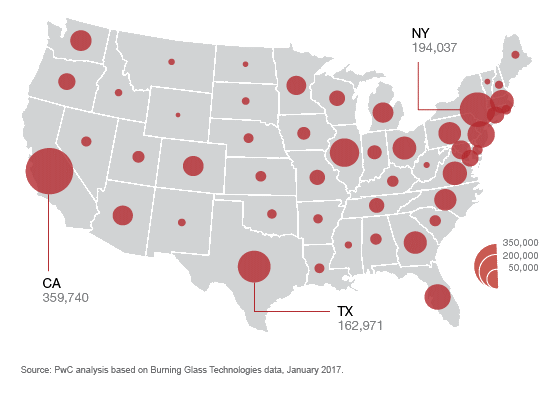
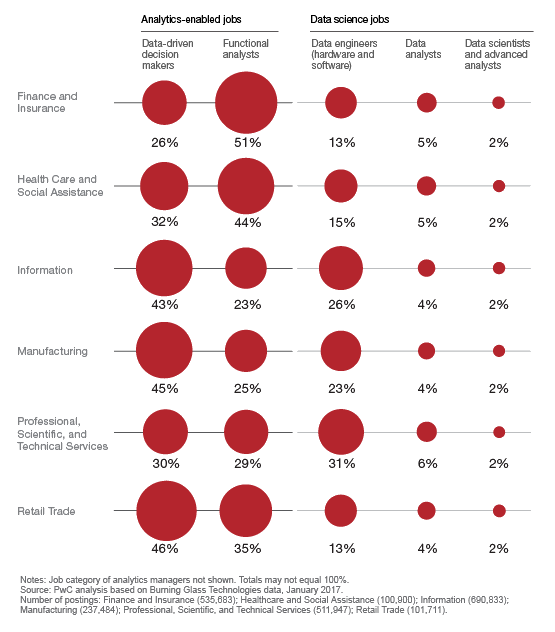
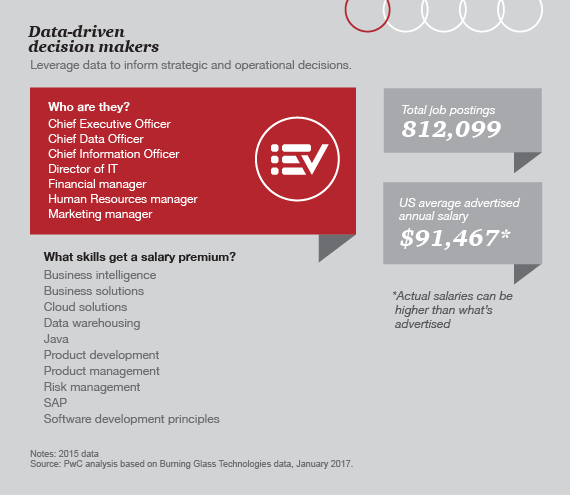
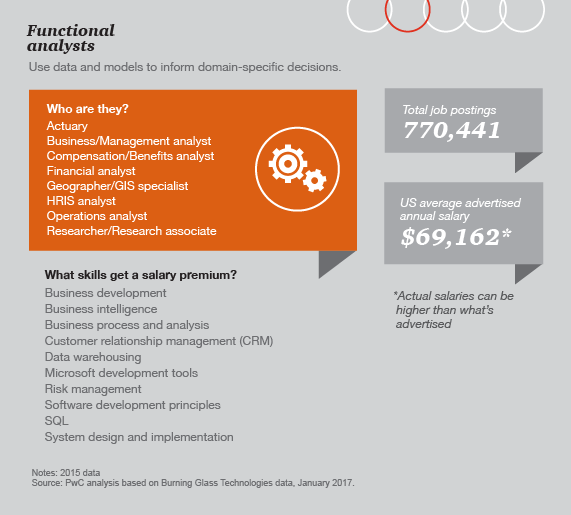
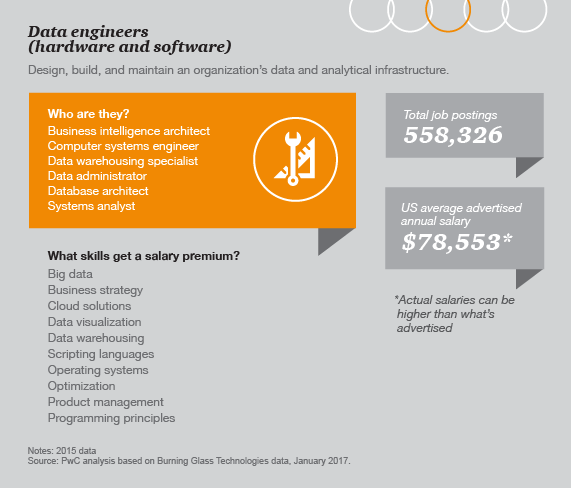
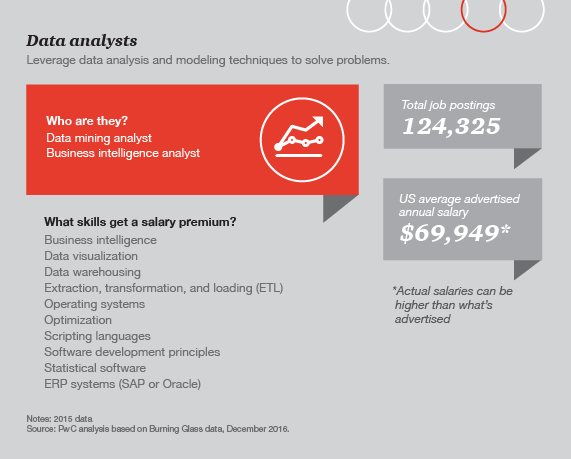

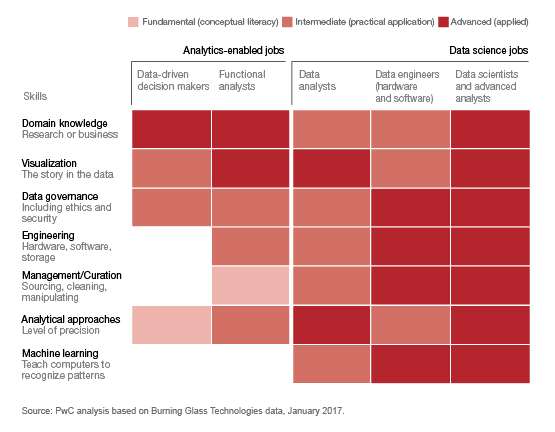

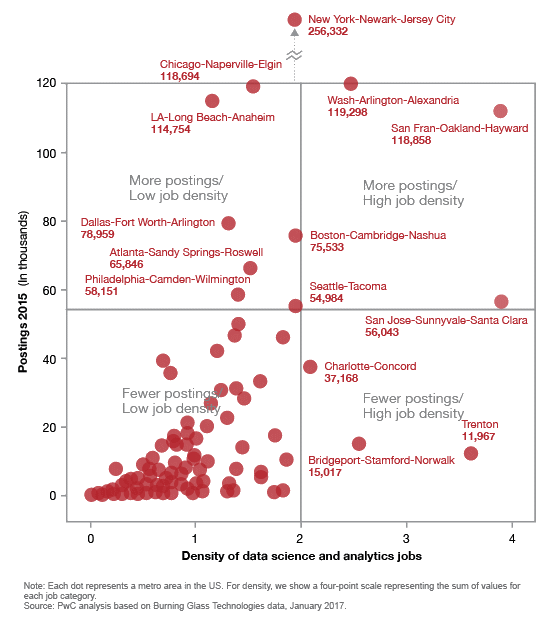
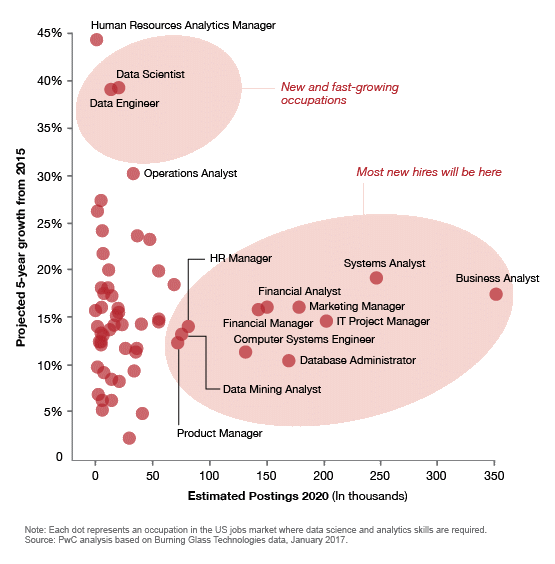


















1 comments:
The market for data analysts is highly competitive due to rising demand for data-driven decision-making, rapid digital transformation, and the need for skilled professionals who can interpret complex data. Likewise, the CompTIA PenTest+ PT0-003 certification strengthens cybersecurity expertise in penetration testing, vulnerability assessment, and attack management. Prepare confidently with trusted resources from ACE4Sure to support your certification journey.
Click here for more information: https://www.ace4sure.com/PT0-003-questions.html
Post a Comment